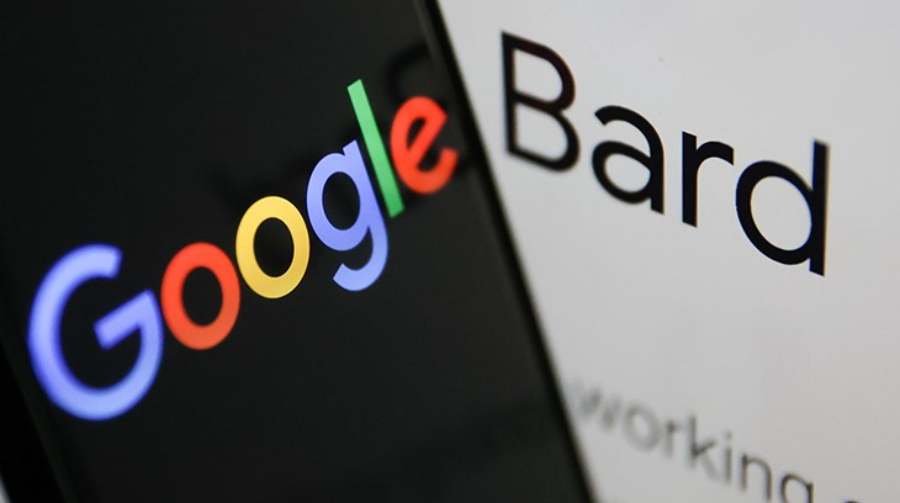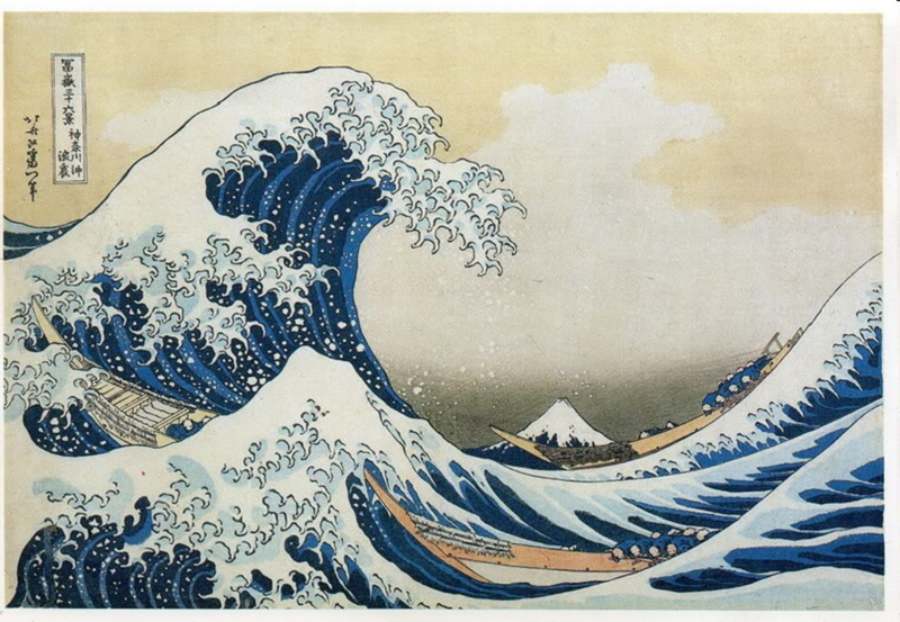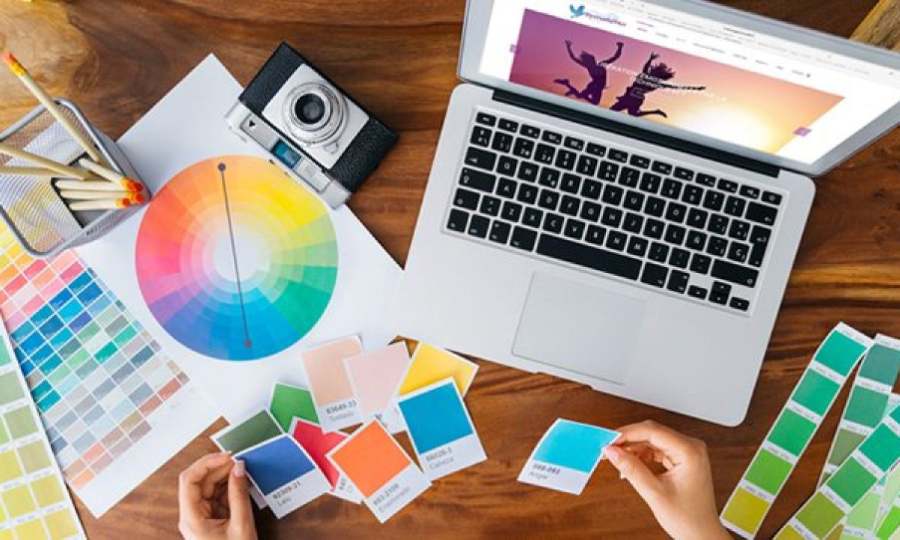Best Selling Products
Learn What is Visual Art? The Influence of Visual Art in Graphic Design
Nội dung
- 1. What is the concept of Visual Art?
- 2. The influence of Visual Art
- 3. What does Visual Art include?
- 3.1. Fine Arts
- 3.2. Contemporary art
- 3.3. Decorative arts and crafts
- 3.4. Some other fields
- 4. Some talented Visual Artists and their artwork
- 4.1. Banksy
- 4.2. Yayoi Kusama
- 4.3. Jeff Koons
- 4.4. Olafur Eliasson
- 4.5. Tracey Emin
- Conclusion
Learn what Visual Art is and its influence on graphic design. Fields related to Visual Art are updated in the following article, click to learn now!
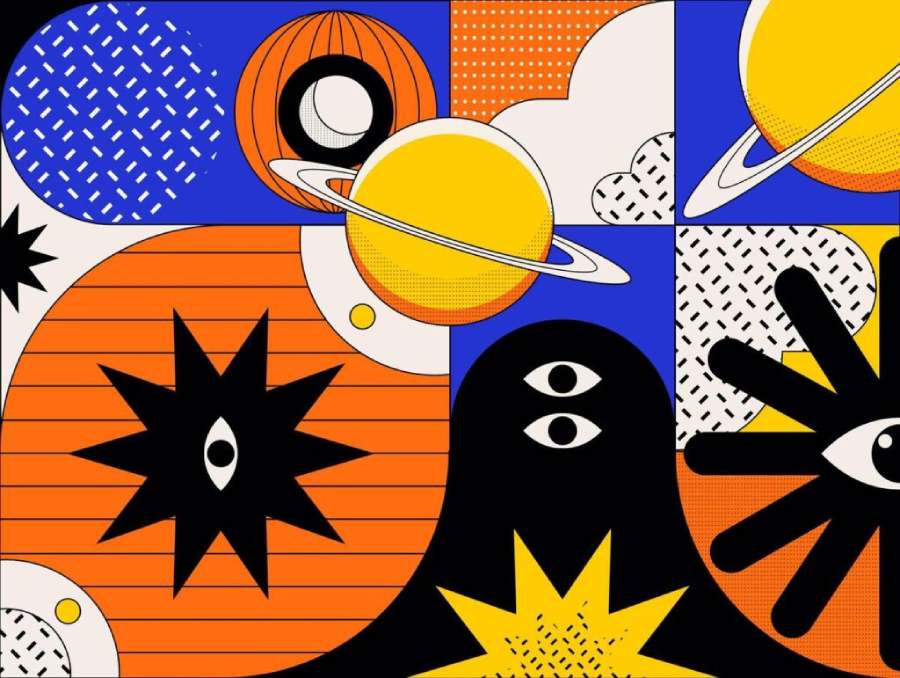
What is Visual Art? What is the influence of Visual Art in graphic design? This is an issue that most Designers are interested in, it plays an important role in creating aesthetics and visual communication between brands and customers. Join SADESIGN to learn more about Visual Art, related fields and its impact on the graphic design industry through the following article.
1. What is the concept of Visual Art?
Visual Art is a general term used to describe art forms that primarily use images, colors, and space to convey messages, emotions, and ideas. These works of art are often visual in nature, expressed through mediums such as paintings, photographs, sculptures, graphics, videos, and many other forms. This means that any work that can be perceived through the eyes, from classical works to contemporary creations, can be considered a part of Visual Art.
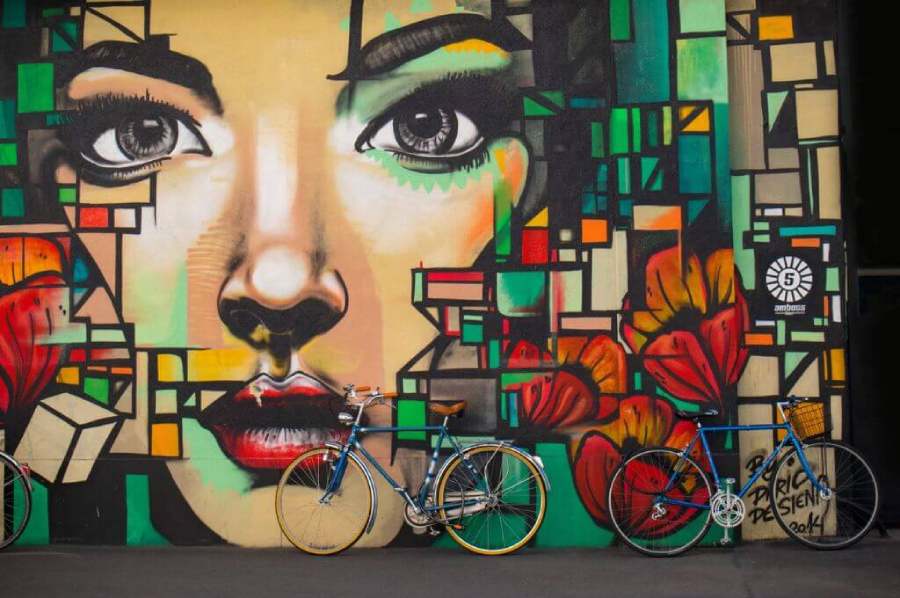
2. The influence of Visual Art
In the modern context, Visual Art is not only a means of expressing emotions but also plays an extremely important role in many professions, especially in graphic design. From advertising posters, company logos to user interfaces on digital platforms, all are deeply influenced by the principles and methods of visual art.
One of the reasons why Visual Art is such an important element in graphic design is its ability to convey a message quickly and effectively. A good visual design can speak for itself, helping viewers easily recognize and remember information without having to read too much text. Graphic designers, thanks to their understanding of visual art, can create powerful works that not only attract but also motivate action from viewers.
In addition, Visual Art also helps shape the overall aesthetic of design products, thereby building a strong and consistent brand image. With the strong development of technology, graphic design tools today are also increasingly developed, allowing designers to express their creative ideas through diverse artistic media.
3. What does Visual Art include?
Visual Art is a vast field, encompassing many different genres and forms. It can be divided into several large groups such as fine art, contemporary art, handicrafts, and other fields. Each of these art groups has its own unique characteristics, but all contribute to the overall development of Visual Art and create unique graphic design trends.
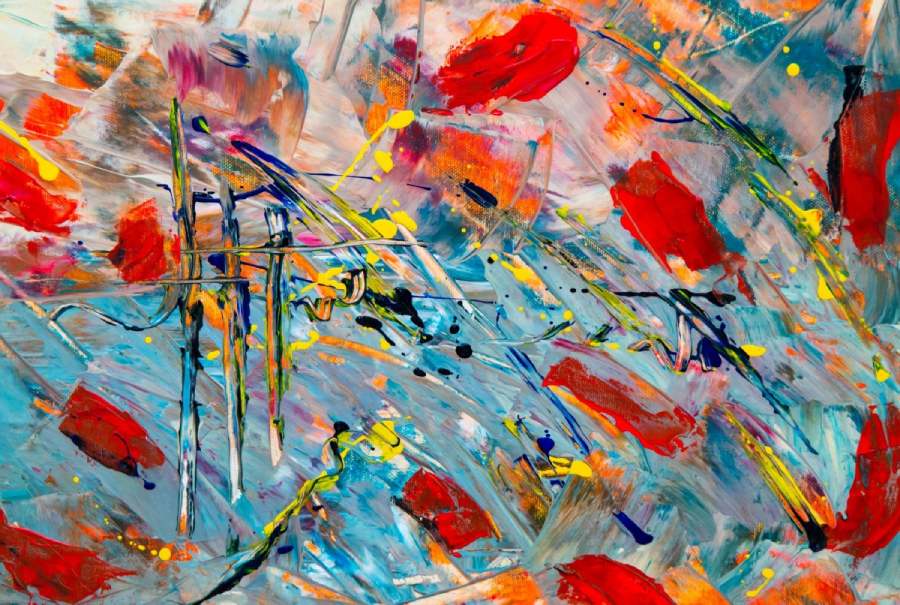
3.1. Fine Arts
Fine Arts is one of the most important areas of Visual Arts, which includes art forms such as painting, sculpture, graphics and printmaking. Throughout history, fine arts have been constantly evolving and have been an endless source of inspiration for graphic designers. Classical and modern works of art have the ability to have a strong influence on graphic design.
Painting, with its perfect combination of colors and shapes, is a major source of inspiration in the creation of advertising publications, product packaging and posters. Sculpture, while primarily concerned with the creation of three-dimensional forms, also influences graphic design in its handling of space and form in design projects.
3.2. Contemporary art
Contemporary Art is an important branch of Visual Art, representing modern art trends and reflecting the issues of contemporary society. Contemporary Art is not confined within traditional frameworks but expands into diverse and unlimited forms of expression.
In graphic design, contemporary art has a profound influence in creating new, bold and innovative design styles. Designers today not only use images but also integrate contemporary art elements such as installation art, video art, or digital art to enrich their design products.
3.3. Decorative arts and crafts
Decorative arts and crafts are an integral part of Visual Arts, especially in product graphic design. Decorative arts are mainly concerned with creating beautiful decorative elements that add aesthetic value to a product. Crafts, with their intricate hand-made products, have also influenced graphic design, especially in products that are highly personal and unique.
Decorative motifs are often used in product packaging, interior design, and even modern web platforms. Modern graphic designers also often draw inspiration from crafts to create design elements that have aesthetic and cultural value.
3.4. Some other fields
In addition to fine art, contemporary art, and crafts, Visual Art includes other fields such as photography, film, video art, and digital design. These fields have contributed greatly to the development of modern graphic design. Tools such as computer graphics, photo editing software, and digital imaging techniques have opened up countless creative possibilities for designers.
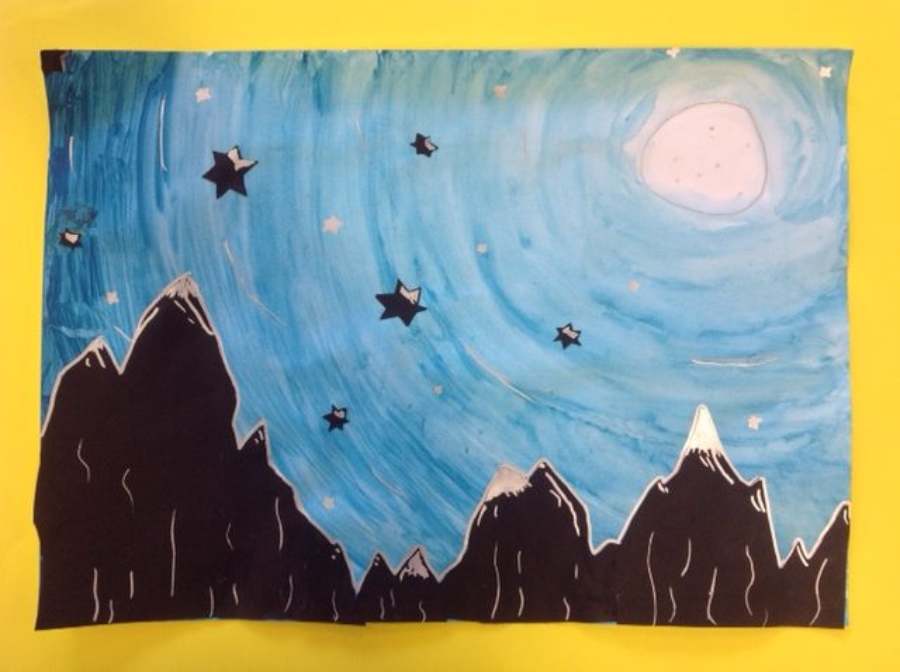
Photography, with its ability to capture vivid and authentic moments, has become an important part of marketing and advertising campaigns. Cinema and video art, with their ability to tell stories through moving images, are increasingly used in creating visual communication campaigns.
4. Some talented Visual Artists and their artwork
In the contemporary art world, Visual Artists have gone beyond the confines of traditional media to create works that are both innovative and deeply moving. These artists are not only creators but also inspirers, always looking to experiment and break the artistic framework through the use of digital media, video, light and other multimedia art forms. Here are some of the outstanding artists and their remarkable works that have left a strong mark on the global art community.
4.1. Banksy
One of the most famous and enigmatic artists in the contemporary art world, Banksy creates iconic street art that combines satire with profound political messages. His work is known not only for being groundbreaking but also controversial, making viewers reflect on social issues such as war, poverty, and personal freedom. His work “Girl with a Balloon” is a prime example, with the image of a young girl picking up a balloon while surrounded by darkness, giving off a feeling of both optimism and sadness.
4.2. Yayoi Kusama
Kusama is a Japanese artist known for her works that use polka dots and infinite spaces. Her works have created a unique style that blends abstract art with the concept of infinity. "Infinity Mirror Rooms" is one of Kusama's outstanding collections, in which viewers are transported into an infinitely reflective space, creating a feeling of being lost in a different world, making them feel their smallness in the vast universe.
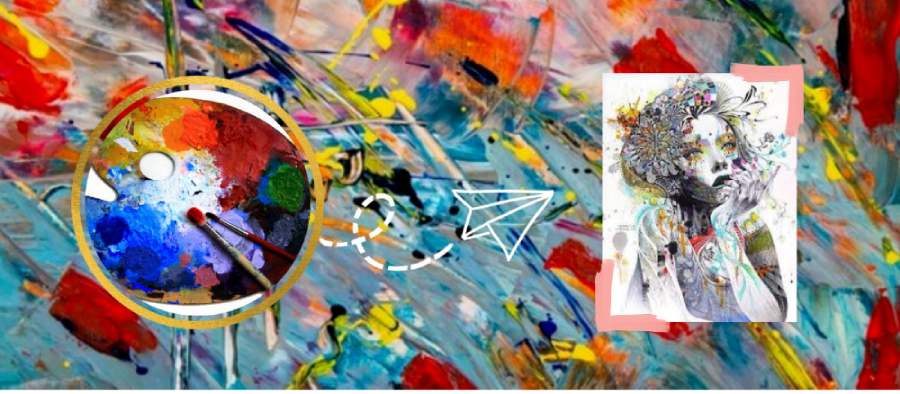
4.3. Jeff Koons
Koons is known for his striking sculptures made of shiny metal that depict iconic images of consumer culture and modern life. His works, such as the “Balloon Dog” sculpture, are not only aesthetically pleasing but also provoke debates around the value of art and consumption in contemporary society. Koons’s works highlight the intersection between high art and popular culture, opening up a new perspective on the influence of consumption in art.
4.4. Olafur Eliasson
Danish-Island artist Olafur Eliasson is known for his interactive artworks that incorporate light, water, and weather. His works are not only representations of space and time, but also carry powerful messages about the environment and climate change. His work “The Weather Project” at Tate Modern is a prime example, as he creates a simulated sunlight in the museum space, allowing viewers to feel the close connection between nature and human feelings.
4.5. Tracey Emin
Tracey Emin, one of the most prominent female artists of the YBA (Young British Artists) movement, created sensual and deeply personal works of art. Her works are autobiographical, reflecting deep experiences and emotions of love, loss and vulnerability. Her controversial work, “My Bed,” depicts a messy bed with traces of life, expressing an honest and powerful exploration of self and personal narrative.
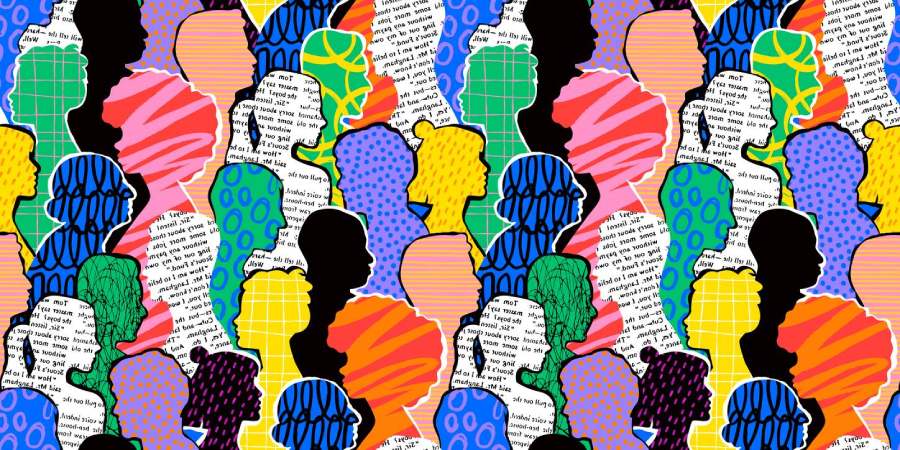
These Visual Artists do not just create works of art, but also open up imaginative spaces where viewers can freely contemplate and interact. Each of their works is a message, a way of looking at the world, making viewers unable to help but stop, feel and sometimes change themselves.
Conclusion
With the continuous development of technology, the fields of Visual Art continue to expand and bring new opportunities to the graphic design industry. The unlimited creativity in Visual Art will always be a solid foundation for breakthrough design trends in the future. If you want to become a talented Visual Artist, learn and explore the graphic design course of SADESIGN right away!









































